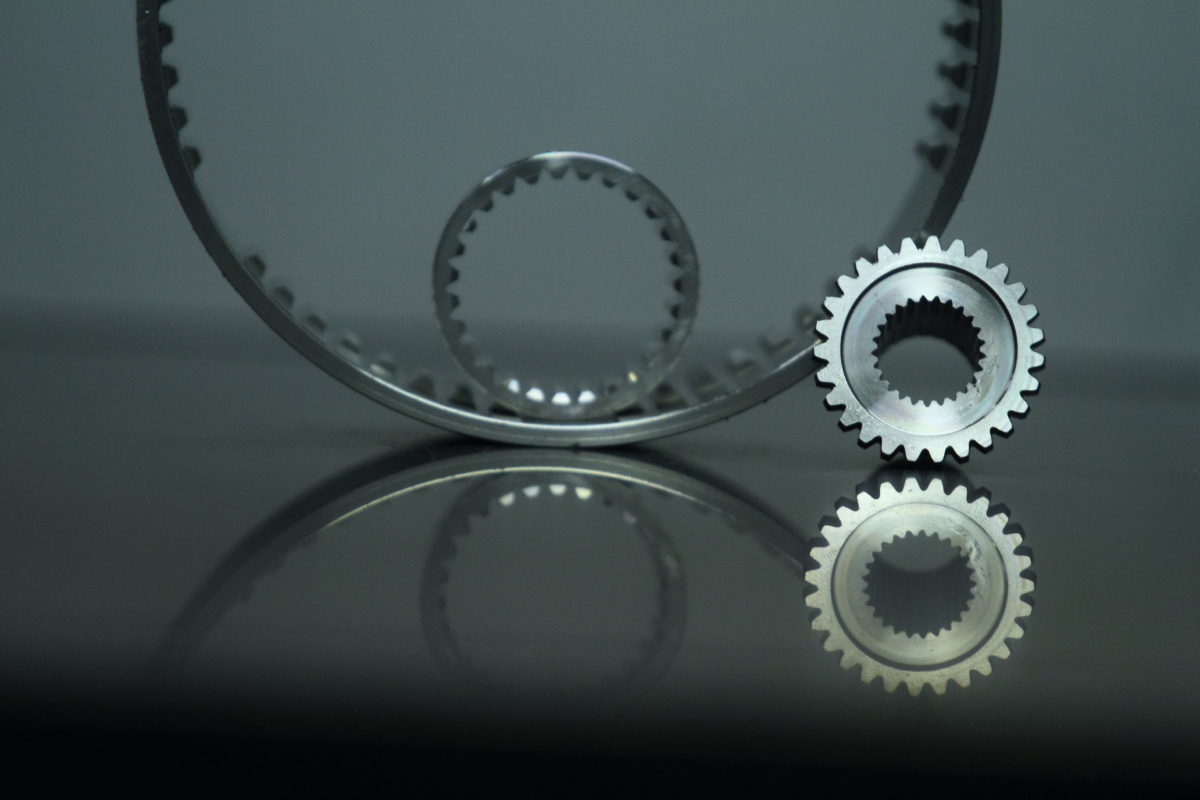F.lli Carminati has a machine fleet consisting of 24 vertical broaching machines, 4 of which are equipped with robotic islands, and more than 1,000 proprietary tools, enabling them to meet all customer needs.
Broaching
n. 2 Broaching Machines Manaca 2000 – 40ton
n. 1 Broaching Machine VRV 1850 – 25ton
n. 1 Broaching Machine Forst 1600 – 25ton
n. 1 Broaching Machine Klink 1600 – 25ton
n. 1 Broaching Machine VRV 1600 – 15 ton
n. 2 Broaching Machines Marchello 1600 – 25ton
n. 1 Broaching Machine Manaca 1600 – 15ton
n. 1 Broaching Machine Varinelli 1600 – 15ton
n. 1 Broaching Machine Manaca 1400 – 15ton
n. 2 Broaching Machines Marchello 1400 – 15ton
n. 2 Broaching Machines Varinelli 1350 – 10ton
n. 2 Broaching Machines Marchello 1200 – 15ton
n. 1 Broaching Machine VRV 1200 – 15 ton
n. 2 Broaching Machines Varinelli 1000 – 10ton
n. 1 Broaching Machine Arpini 1000 – 10ton
n. 3 Broaching Machines Marchello 800 – 10ton
Broaching is a specialized machining process performed using a machine tool called a “broaching machine“.
This process involves forcibly passing a special tool (the broach) through a hole, most often cylindrical, in order to gradually achieve the desired profile and size. Through this operation, square, elliptical, hexagonal holes, keyways, and even very complex profiles are created.
F.lli Carminati broaching operations are distinguished by the precision and attention to detail with which they are performed. The machinery is regularly inspected to ensure impeccable work at all times.
The broach is a special multi-toothed tool used for broaching operations. Characterized by its longitudinal development, it is made from a steel bar, on the surface of which numerous transverse grooves are cut, creating sharp ridges.
Because of its teeth, the tool is sometimes referred to as a spine cutter. The cross-section of the broach gradually increases along its longitudinal axis, slowly changing shape until reaching the final form of the hole or external groove.
The increase in section is related to the variation in height of the cutting ridges, generally achieved through an arithmetic progression.
The broach is forced to pass through the hole to be machined or against the external surface of a part, removing, with each tooth’s pass, a small amount of material corresponding to the height variation, or increment, between one tooth and the next.






